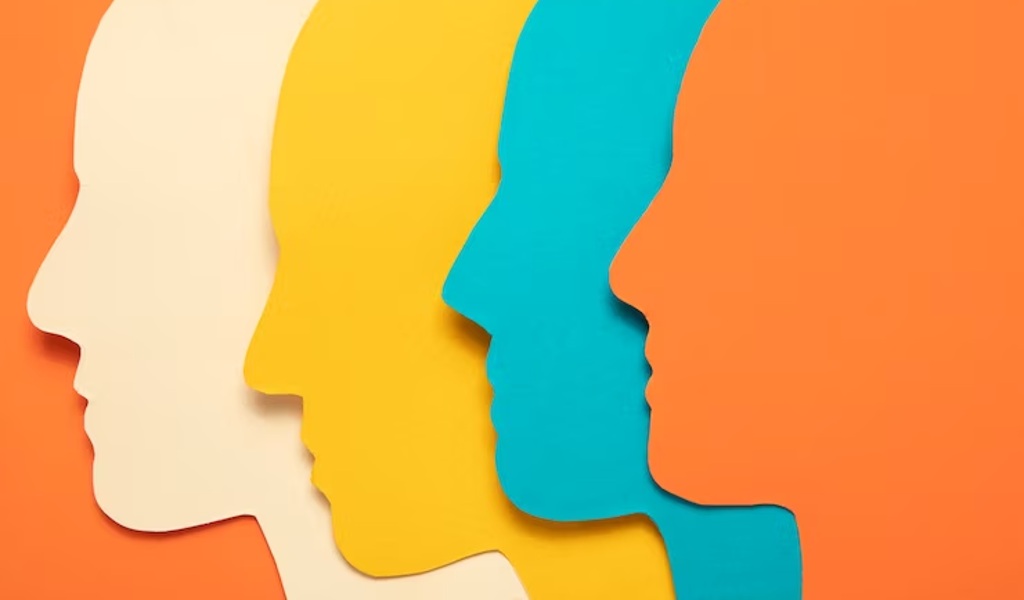How combining medical and disability supports can improve outcomes for NDIS participants
Since the early days of the NDIS rollout, there have been consistent calls for health and disability services to be seen as part of a cohesive whole, rather than separate entities.
This issue was recently addressed in the Final Report on the NDIS Review, which detailed no less than 26 recommendations to, “Develop a unified system of support for people with disability.” Among these recommendations are several suggestions designed to improve the connection between mainstream services (like health) and the NDIS.
Of course, on a policy, legislative and organisational level, there will always be a degree of separation between the wider healthcare system and disability sector in Australia. Yet, the fact is, the old ‘us and them’ relationship between health and disability services is steadily being replaced by a more collaborative approach.
The policy details of this alignment across care and support services is progressing at a National level. However, while encouraging developments continue, the timeframes for such large scale policy changes are often painfully slow.
In the meantime, forward-thinking providers, like SeenCare, are taking the initiative to develop new ways of delivering integrated disability and medical care to NDIS participants.
In this article, we’ll provide a brief overview of the Australian context of disability and healthcare, followed by a discussion of SeenCare’s unique NDIS services.
The Australian Context
It’s long been acknowledged that people with disability experience worse health outcomes than the general population in Australia.
Way back in 2012, VicHealth published a research summary that concluded, “Based on the limited data available, we know that the overall health of people with disabilities is much worse than that of the general population.”
Initiatives to address this situation followed. Yet according to the Australian Institute of Health and Welfare, statistics continue to show that a staggering 47% of people with disability who need health care assistance receive only informal assistance.
The real-world impact of this issue was brought to the fore in 2022, with a ‘Statement of ongoing concern’ from the Royal Commission into Violence, Abuse, Neglect and Exploitation of People with Disability.
Commenting on the “seriously deficient” rollout of the COVID-19 vaccine to people with disability, the Commission stated:
“The pandemic continues to expose the underlying inequities, discrimination and exclusion that people with disability experience in the delivery of fundamental services and supports.”
Those are some strong words.
Strong enough to result in an extended round of finger pointing and debate about who is at fault here and what should be done about the problem.
But the fact is, while long term change is definitely required, the resources exist right here and now for innovative NDIS providers to make healthcare more accessible for people with disability.
The SeenCare Difference
In response to the challenges around disability and healthcare, SeenCare developed a unique model of care for delivering supports to NDIS participants with high medical needs.
Drawing on a combined 54 years of experience in the disability and healthcare sectors, we assembled a team of nurses, support workers and bulk-billing GPs to establish Melbourne’s only doctor and nurse-led registered NDIS provider.
By incorporating the principles of integrated care, we’re able to provide high-level supports to help participants with complex disability and medical needs thrive in the community.
What is Integrated Care?
Integrated care is a term that’s more commonly used in healthcare systems than disability services. However, when we look at a definition, it’s clear why integrated care is a model that applies across both sectors.
NSW Health offers one of the best definitions of integrated care, stating:
“Integrated Care involves the provision of seamless, effective, and efficient care that reflects the whole of a person’s health needs:
- from prevention through to end of life,
- across both physical, psychosocial, and mental health and;
- in partnership with the individual, carers, and family members.”
In other words, integrated care aims to meet all of a person’s care needs with as little friction as possible.
To see what that might look like in practice, let’s take a closer look at how the SeenCare model operates.
Bringing Health and Disability Together
Perhaps the biggest barrier to integrated health and disability care is a lack of coordination (also known as ‘fragmented care’).
In a traditional setting where health services sit in one silo and disability supports in another, it can be exceedingly difficult to bring both parties together to collaborate on a person’s care.
This tends to result in miscommunications between organisations and inefficient care, which can lead to:
- Frequent admissions to hospital for urgent medical care
- Less than ideal management of chronic diseases
- Increased stress for carers and family members
- Premature entry into residential care facilities
- Overall lower quality of life for people with disability
The Benefits of a Multi-Skilled Team
At SeenCare, because our team includes nurses, support workers and bulk-billing GPs, we can efficiently address the majority of an NDIS participant’s health and disability needs within the same organisation.
This allows us to deliver coordinated care that most other NDIS providers can’t, like:
- Managing high-risk medications like insulin, blood thinners and pain medications in the community
- Care coordination for complex and/or chronic conditions
- Shared care with specialist doctors and allied health professionals
- PEG feeding and swallowing assistance
- Wound and pressure ulcer care
- Catheter, stoma and continence management
- Post-hospital care and rehabilitation support
- Comprehensive medication management
In all cases, the services described above are delivered by a suitably qualified health professional, in partnership with a disability support worker (and of course, the participant).
This ensures there’s no disconnection or conflict between an NDIS participant’s medical care and their regular goal-oriented supports, like community participation, assistance with household tasks and personal care.
The end result is truly integrated, person centred medical care and disability supports, which all align with a participant’s goals.
Easily-Accessible GP Support: The Missing Link
Anyone who has supported a person with high medical needs knows that in most cases, accessing timely medical care in the community can be a big challenge.
In many cases, getting that elusive GP appointment is the difference between stabilising a medical flare-up at home and having to go through the upheaval of yet another trip to the emergency department.
At SeenCare, we are fortunate to have developed partnerships with a small group of disability-friendly GPs who are willing to provide bulk-billed care to SeenCare NDIS clients.
Not only does this allow us to deliver high-level medical support to NDIS participants at home, it has also enabled us to expand to delivering Supported Independent Living (SIL) supports.
We operate one of our own SIL homes at present, with plans to add more shortly. In addition, we can partner with general and specialist disability accommodation (SDA) providers to deliver our unique model of care at other properties.
Toward a Fairer, More Sustainable System
An unexpected flow-on effect of the NDIS has been pressure to examine how care is delivered to people with disability across all sectors—not just in disability-specific care.
This has perhaps been more apparent in healthcare and disability services than anywhere else, where the roles and responsibilities for ‘who does what’ have been in a state of flux for some time.
The result is that health and disability services are considered less separate than was once thought. For example, healthcare practices are now expected (if not required) to be equipped to accommodate the needs of people with disability. Likewise, disability care providers must have processes in place to support their clients with medical needs.
At its highest level, this model of practice is described as integrated care, where a person with disability is able to seamlessly access a range of supports and services to meet their needs.
In our opinion, truly integrated disability and healthcare models represent the most effective, fair and sustainable way to deliver high-quality care to NDIS participants with co-occurring medical needs.
To find out more about SeenCare’s unique integrated model of care, please don’t hesitate to contact one of our friendly staff members today.










